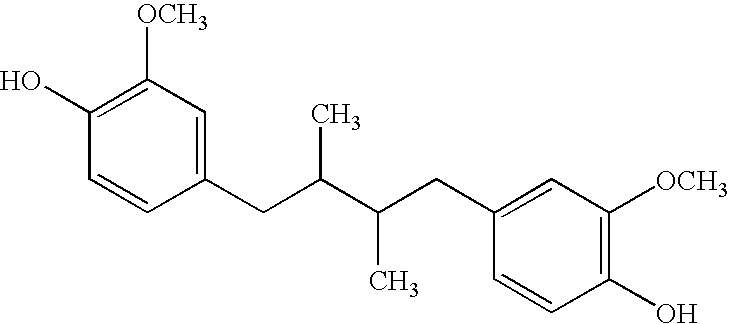Hydrocarbon decomposition for soil and water remediation
a technology of hydrocarbon decomposition and soil, applied in the field of new hydrocarbon decomposition, can solve the problems of moving pollution to confinement sites, not actually eliminating, and removing polluting agents, and achieve the effect of enhancing plant growth
- Summary
- Abstract
- Description
- Claims
- Application Information
AI Technical Summary
Benefits of technology
Problems solved by technology
Method used
Image
Examples
example 1
[0030]A sample of hydrocarbon-polluted soil (clay with gasoline, diesel and oil), provided a representative sample of the light, medium and heavy phase of hydrocarbons and was subjected to the following treatment: 150 grams of the 3% surfactant solution was added to 300 grams of polluted soil in a 1:2 ratio.
[0031]The mixture was homogenized mechanically for 20 minutes and left undisturbed 24 hours in order for the aliphatic body oxidation system to chemically interact with the polluted soil sample.
[0032]Then, in order to extract hydrocarbons from the mixture, the mixture was rinsed with 5×450-ml portions of plain water and vigorous mechanical shaking until completely homogenized, and left undisturbed for 24 hours.
[0033]After rinsing, the solid phase (treated soil) was separated by filtering. Hydrocarbon content was assessed in the solid sample, and in the drained liquid to determine hydrocarbon analysis in the soil sample and in the liquid phase.
[0034]Analyses: A mass chromatography...
example 2
From Technical Report of the System to Oxidize Aliphatic Compounds with Residual Crude Oil in Palo Blanco, Veracruz, Mexico
[0039]A sample was polluted with crude oil, had oily-looking leaves, was black in color and had a foul odor.
[0040]The sample was subjected to three washing treatments with the 3% surfactant solution (aliphatic body oxidation system), as described below:
[0041]1:1, 1:2 and 1:3 ratios. One part polluted sample and 1, 2 and 3 parts of the aliphatic body oxidation system.
[0042]Once the appropriate assays were completed, the vegetation was partially cleaned out and the odor was reduced, as the product solubilized the hydrocarbon.
[0043]The results of the washing (Table 1) were chemically analyzed and showed that the composition was satisfactory to decharacterize the hydrocarbon, as the only elements found were phosphorus, iron, zinc, calcium, sodium, among others, as shown in the results sheet.
[0044]
TABLE 1FTIR Analysis resultsAnalysis of soil by the Autonomous Univers...
PUM
| Property | Measurement | Unit |
|---|---|---|
| weight | aaaaa | aaaaa |
| composition | aaaaa | aaaaa |
| volume | aaaaa | aaaaa |
Abstract
Description
Claims
Application Information
 Login to View More
Login to View More - R&D
- Intellectual Property
- Life Sciences
- Materials
- Tech Scout
- Unparalleled Data Quality
- Higher Quality Content
- 60% Fewer Hallucinations
Browse by: Latest US Patents, China's latest patents, Technical Efficacy Thesaurus, Application Domain, Technology Topic, Popular Technical Reports.
© 2025 PatSnap. All rights reserved.Legal|Privacy policy|Modern Slavery Act Transparency Statement|Sitemap|About US| Contact US: help@patsnap.com

